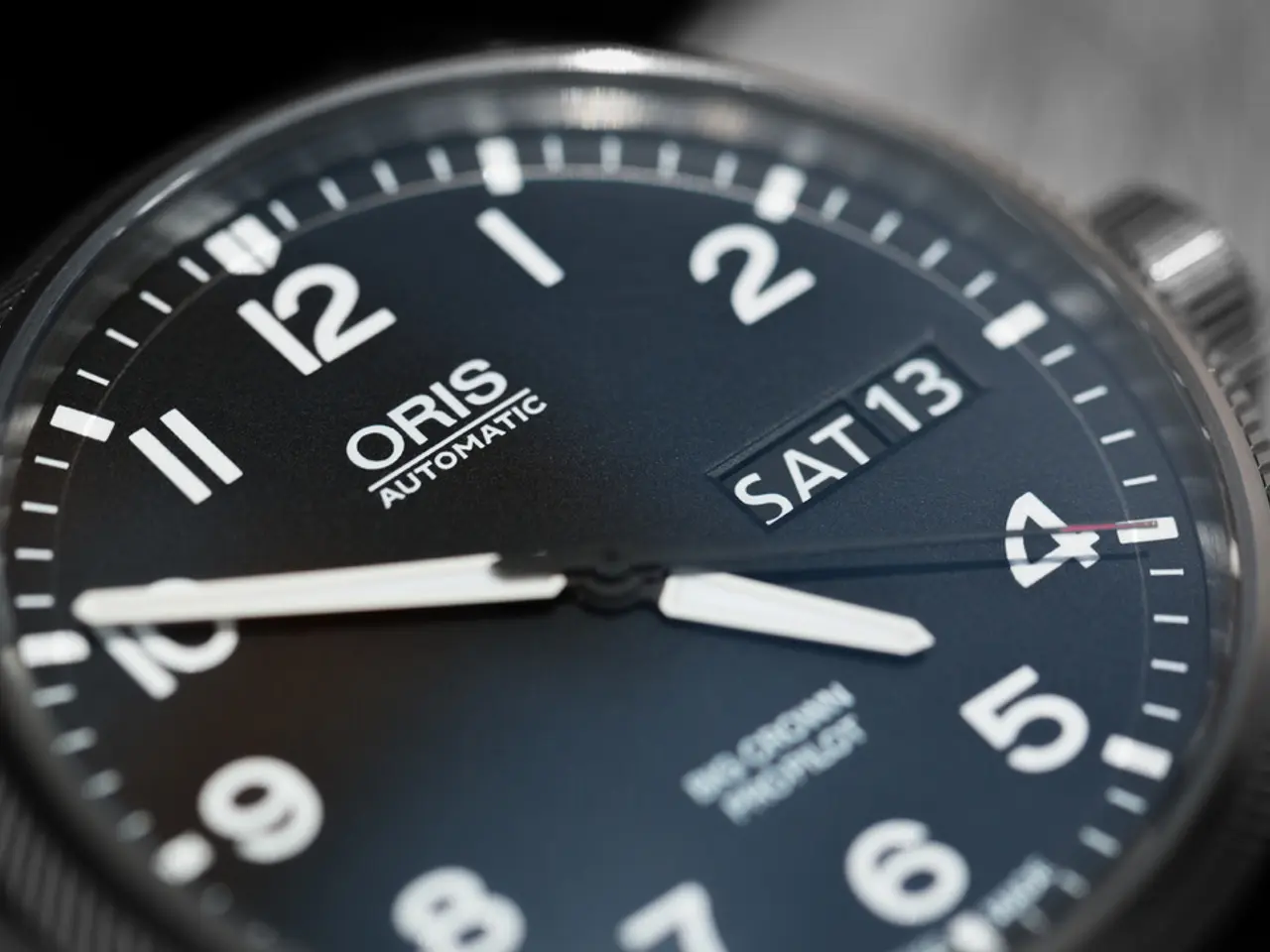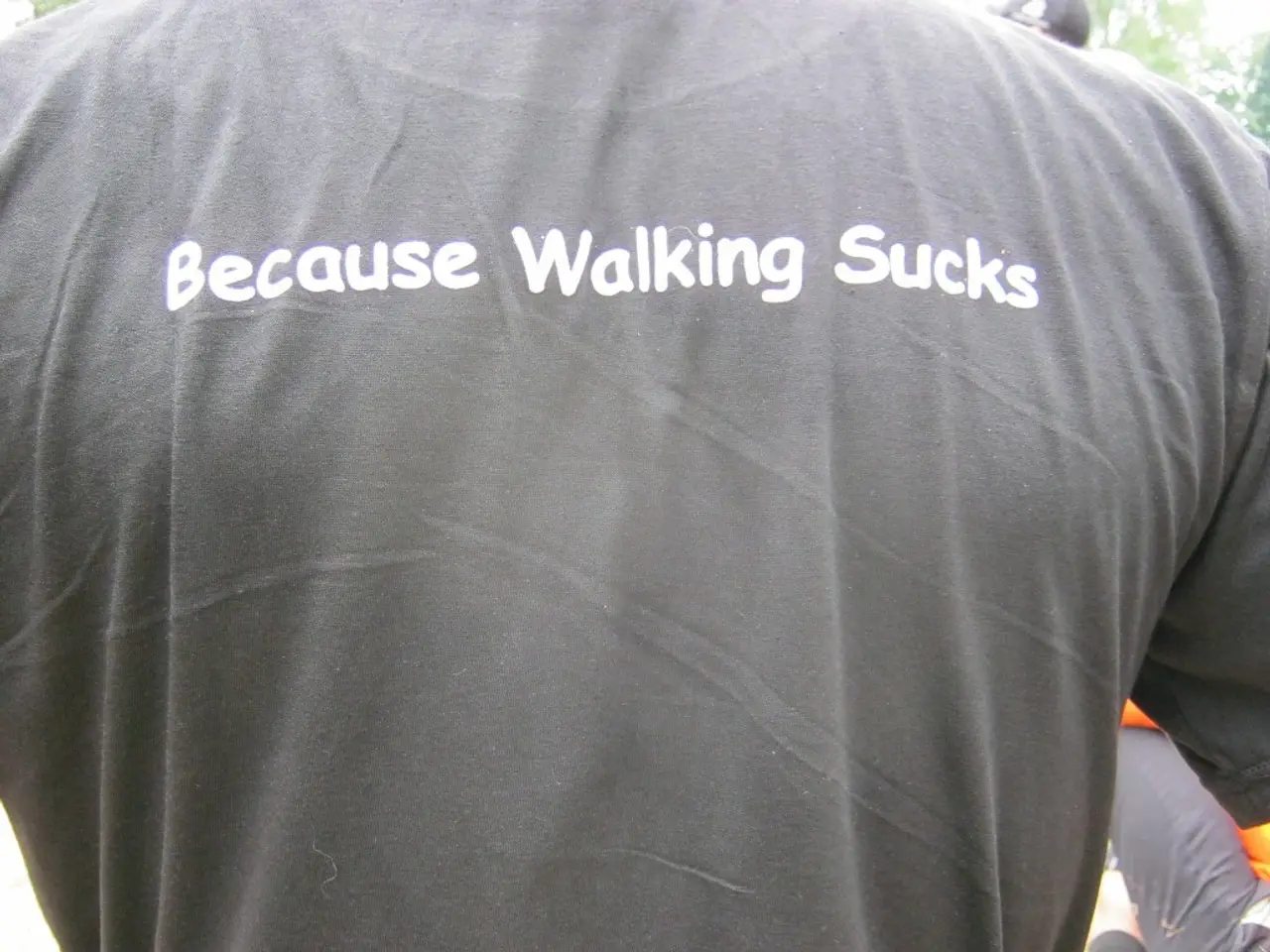Impact of Temperature on Timepieces: Comprehensive Guide
In the world of horology, temperature protection is a crucial aspect that ensures both the function and collectible value of vintage pieces. This article provides an overview of how different types of watches respond to temperature changes and offers practical protective measures to maintain precision and longevity.
**Watch Types and Temperature Sensitivity**
1. **Mechanical Watches**: Known for their intricate mechanisms, mechanical watches are sensitive to temperature fluctuations. High temperatures can cause lubricants to thin, leading to increased wear, while low temperatures make lubricants thicken, affecting movement accuracy. Mechanical watches are also sensitive to position and magnetic fields.
2. **Quartz Watches**: Generally more accurate, quartz watches can still be affected by temperature. High temperatures can cause electronic components to malfunction, while low temperatures reduce battery performance.
3. **Smartwatches**: While less mechanically sensitive, extreme temperatures can affect battery performance and screen usability in smartwatches. However, they are designed with more electronic and software-based components that are less prone to mechanical issues related to temperature.
**Protective Measures for Maintaining Precision and Longevity**
### Temperature Protection - **Operating Range**: Ensure watches operate within the recommended temperature range (typically between 32°F-140°F or 0°C-60°C). - **Avoid Extreme Conditions**: Avoid exposing watches to direct sunlight for extended periods or leaving them in cars on hot days.
### Magnetic Field Protection - **Distance from Magnetic Sources**: Keep watches at least 4 inches away from strong magnetic fields such as those from smartphones, laptops, and security scanners. - **Anti-Magnetic Storage**: Use storage solutions that protect watches from magnetic fields, especially for healthcare professionals.
### General Maintenance - **Regular Cleaning**: Clean your watches regularly to prevent dirt and moisture from entering the case. - **Water Resistance**: Ensure water-resistant watches are properly sealed to prevent moisture entry. - **Service**: Regularly service mechanical watches to maintain lubrication and replace worn parts.
### Additional Tips - **Avoid Sudden Changes**: Sudden temperature changes can affect watch accuracy. Gradual exposure to temperature shifts is recommended. - **Use Protective Cases**: Store watches in protective cases when not in use to shield them from environmental impacts.
By following these guidelines, you can help maintain your watch's precision and longevity across various temperature conditions. It's essential to remember that expensive watches are not immune to temperature damage, and some complications in expensive watches are actually more vulnerable to temperature damage than simple movements.
Investing in temperature protection represents one of the best investments you can make in your watch's longevity and performance. Whether you own a simple quartz watch or a complex luxury timepiece, taking simple precautions can prevent damage and ensure your watch continues to keep perfect time for years to come.
In the realm of science, it's crucial to understand the effects of temperature on the performance and longevity of electronic devices, not just horology. For instance, medical-conditions might be affected by the accuracy of health-and-wellness wearables that measure heart rate or blood sugar levels, susceptible to temperature fluctuations like those in watches.
Furthermore, environmental-science and space-and-astronomy fields rely heavily on precise instruments to monitor Earth's conditions or analyze celestial bodies, where temperature variation plays a significant role. So, investigating ways to protect these devices from temperature extremes could yield valuable insights, just as understanding and mitigating temperature sensitivity in watches does.




